Filter books by:
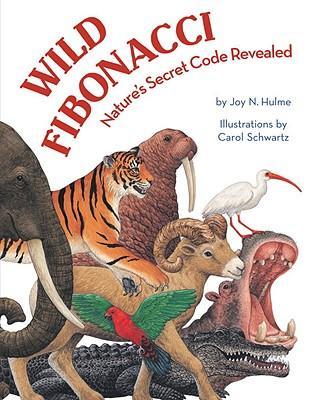
Wild Fibonacci: Nature’s Secret Code Revealed
Strand
Algebra
Maths Concepts
Australian Curriculum: Description
Describe, continue, and create number patterns resulting from performing addition or subtraction (ACMNA060); 4-Find unknown quantities in number sentences involving addition and subtraction and identify equivalent number sentences involving addition and subtraction (ACMNA083)
Teaching ideas
Puzzle collaboration to create some summary notes for the maths workbook. Like the clip titled Fibonacci Numbers: Identifying Patterns on Teaching Channel
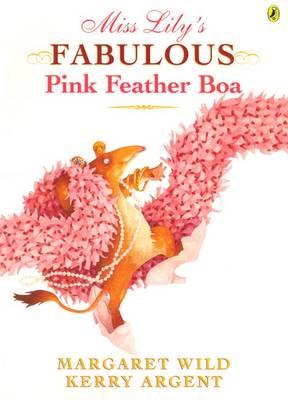
Miss Lily’s Fabulous Pink Feather Boa
Strand
Measurement
Benchmarking
Maths Concepts
Australian Curriculum: Description
Identify questions or issues for categorical variables. Identify data sources and plan methods of data collection and recording (ACMSP068); Collect data, organise into categories and create displays using lists, tables, picture graphs and simple column graphs, with and without the use of digital technologies (ACMSP069); 4-Use simple scales, legends and directions to interpret information contained in basic maps (ACMMG090); 4-Construct suitable data displays, with and without the use of digital technologies, from given or collected data. Include tables, column graphs and picture graphs where one picture can represent many data values (ACMSP096); 4-Evaluate the effectiveness of different displays in illustrating data features including variability (ACMSP097); 5-Construct displays, including column graphs, dot plots and tables, appropriate for data type, with and without the use of digital technologies (ACMSP119)
Teaching ideas
Information poster on an Australian animal depicted in the book; - Scientific Name - Description - Location (map and description) - Habitat - Diet - Status (Endangered/Not Endangered) - Life Cycle - Data/statistics - Other interesting facts - Pictures/illustrations; or a trifold brochure with the above. With or without the use of technology.
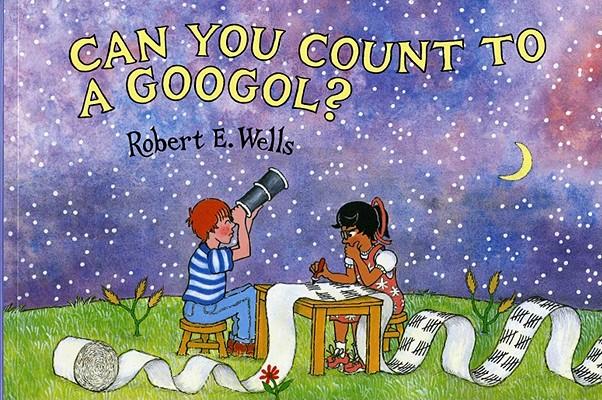
Can you count to a googol?
Strand
Number
Maths Concepts
Australian Curriculum: Description
Recognise, model, represent and order numbers to at least 10 000 (ACMNA052); Apply place value to partition, rearrange and regroup numbers to at least 10 000 to assist calculations and solve problems (ACMNA053); 4-Recognise, represent and order numbers to at least tens of thousands (ACMNA072); Apply place value to partition, rearrange and regroup numbers to at least tens of thousands to assist calculations and solve problems (ACMNA073); 7-Investigate index notation and represent whole numbers as products of powers of prime numbers (ACMNA149)
Teaching ideas
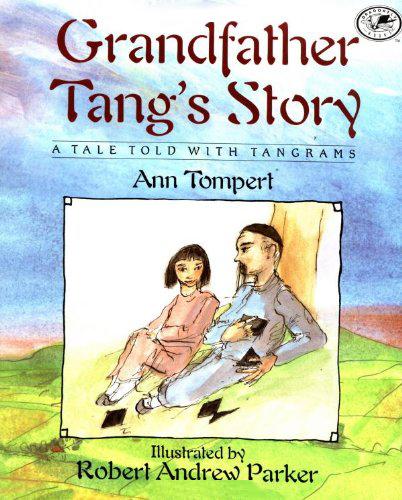
Grandfather Tang’s Story: A tale told with tangrams
Strand
Space
Australian Curriculum: Description
ACMMG009; ACMMG010; ACMMG022; ACMMG042; ACMMG064; ACMMG088; ACMMG089; ACMMG091; ACMMG112; ACMMG113; ACMMG141; ACMMG142; ACMMG165; ACMMG166
Teaching ideas
Constructing tangrams, barrier games, jigsaws, tangram teasers, exploring triangles, oblongs, parallelograms, trapeziums, areas, polygons, hexagons, angles
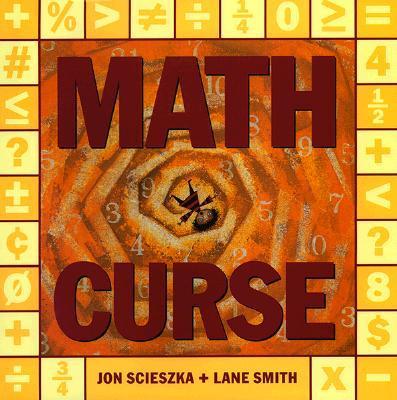
Maths Curse
Strand
Measurement
Maths Concepts
Australian Curriculum: Description
3-Tell time to the minute and investigate the relationship between units of time (ACMMG062); 4-Investigate equivalent fractions used in contexts (ACMNA077); 5-Choose appropriate units of measurement for length, area, volume, capacity and mass; 6-Continue and create sequences involving whole numbers, fractions and decimals. Describe the rule used to create the sequence (ACMNA133)
Teaching ideas
There are lots of concepts explored in this book that could be extrapolated and explored further; (1) time, (2) timelines; (3) multistep problems; (4) conversions between units; (5) fractions; (6) cross KLA references; (7) charts, (8) binary, (9) Fibonacci; (10) money
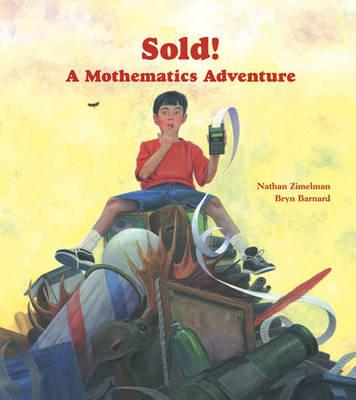
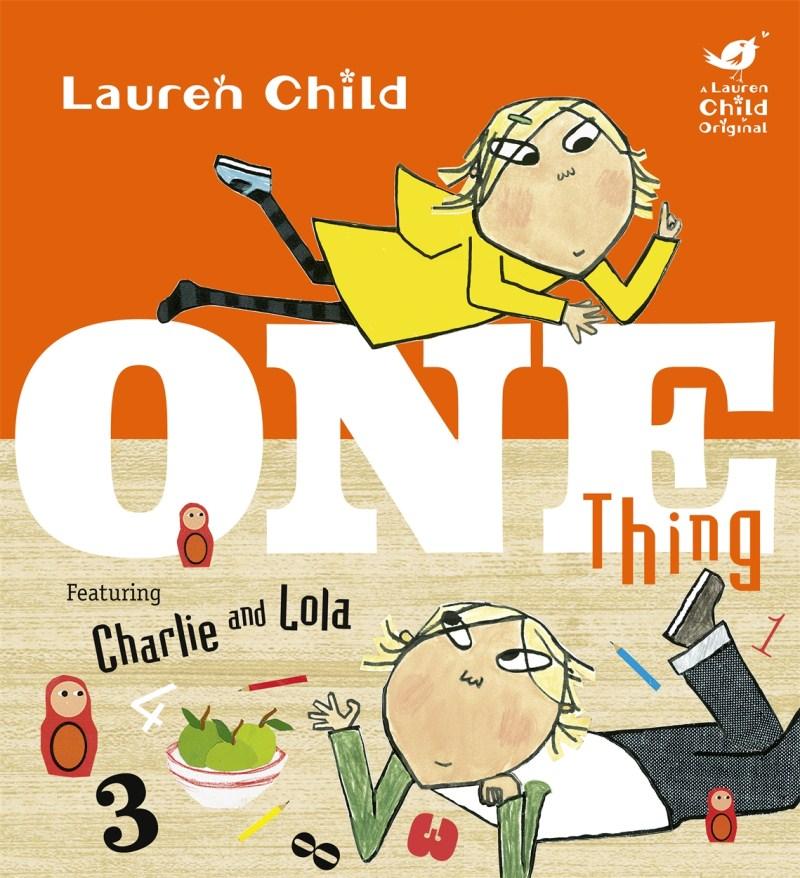
One Thing : featuring Charlie and Lola
Strand
Number
Maths Concepts
Australian Curriculum: Description
F.Y-Connect number names, numerals and quantities, including zero, initially up to 10 and then beyond (ACMNA002); Yr1-Represent and solve simple addition and subtraction problems using a range of strategies including counting on, partitioning and rearranging parts (ACMNA015); Yr2-Explore the connection between addition and subtraction (ACMNA029); Yr3-Recognise, model, represent and order numbers to at least 10 000 (ACMNA052); Yr3-Tell time to the minute and investigate the relationship between units of time (ACMMG062); Yr4-Recognise, represent and order numbers to at least tens of thousands (ACMNA072); Yr5-Convert between units of time (ACMMG085); Yr6-Select and apply efficient mental and written strategies and appropriate digital technologies to solve problems involving all four operations with whole numbers (ACMNA123)
Teaching ideas
Teach other vocabulary that is often used differently in everyday language such as the examples in the book; e.g. "how about no things" meaning 0 things. Explore time and how long the morning routine takes students in the class. Counting and counting on items.
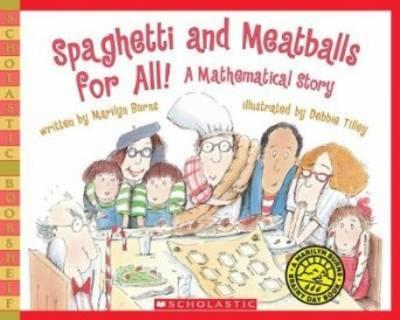
Spaghetti and Meatballs for All
Strand
Number
Australian Curriculum Year Level
Year 5
Multiplication and Division Triangle
Maths Concepts
Australian Curriculum: Description
Calculate perimeter and area of rectangles using familiar metric units (ACMMG109)
Teaching ideas
Pages at the back give teachers ideas and extension activities. E.g. How else could she have configured her dining room for the 32 guests? Cut and paste to assist students at the representational level of understanding. Create table arrangements for 12, 16, 24, 36 guests coming to the party.
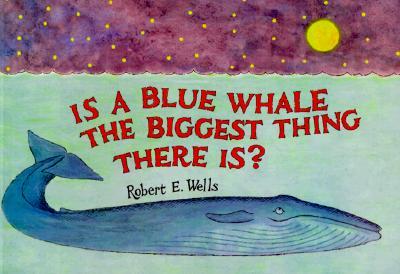
Is a Blue Whale the Biggest thing there is?
Maths Concepts
Australian Curriculum: Description
Yr4 – Recognise, represent and order numbers to at least tens of thousands (ACMNA072); Yr5 – Choose appropriate units of measurement for length, area, volume, capacity and mass (ACMMG108);
Teaching ideas
Exploring some of these abstract concepts with concrete materials. Having the students create their own relationships between objects to aid in understanding large numbers, sizes and quantities.
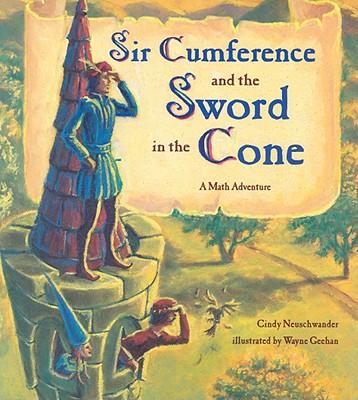
Sir Cumference and the Sword in the Cone
Strand
Number
Multiplication and Division Triangle
Maths Concepts
Australian Curriculum: Description
Year 5 – Measurement and Geometry : Shape – Connect three-dimensional objects with their nets and other two-dimensional representations (ACMMG111); Year 6 – Measurement and Geometry : Shape – Construct simple prisms and pyramids (ACMMG140); Year 7 – Measurement and Geometry : Shape – Draw different views of prisms and solids formed from combinations of prisms (ACMMG161); Year 8 – Measurement and Geometry : Shape – Investigate the relationship between features of circles such as circumference, area, radius and diameter. Use formulas to solve problems involving circumference and area (ACMMG197).
